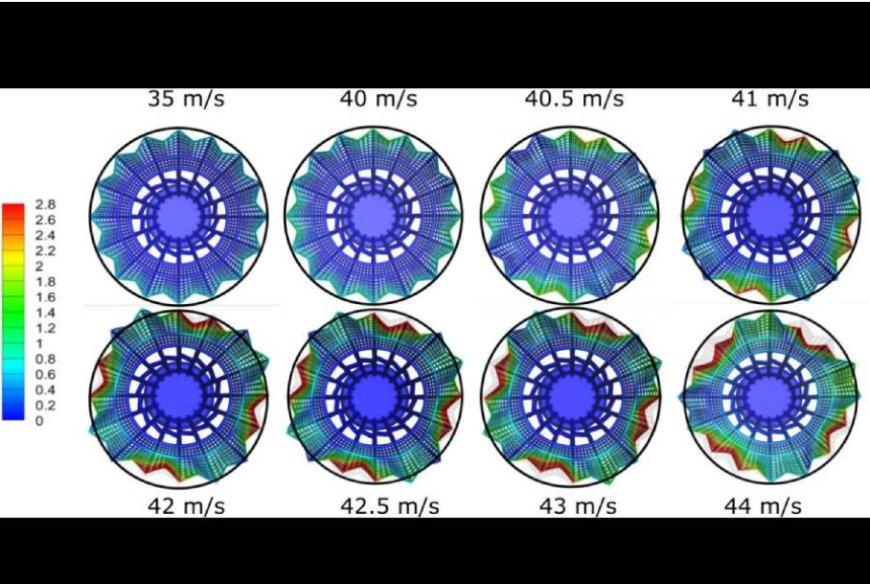Research on Shape-Shifting Skirts Offers Insights for Designing Duck Feather Alternativ
Research on Shape-Shifting Skirts Offers Insights for Designing Duck Feather Alternatives

In a groundbreaking study, Indian researchers examined the varying rates at which the shape and performance of nylon badminton shuttlecocks change. Their findings may lead to the development of better nylon shuttlecocks that resemble the conventional ones made of duck feathers.
The same research that has shown how nylon shuttlecock skirts bend at high speeds has also produced previously unheard-of aerodynamics data, which helps to explain why nylon shuttlecock behavior differs so greatly from that of classic duck feather shuttlecocks.
According to Sanjay Mittal, an aeronautical engineering professor at the Indian Institute of Technology, Kanpur, who oversaw the work published on Tuesday in the academic journal Physics of Fluids, "our long-term goal is to make badminton independent of the type of shuttlecock used."
With shuttlecock speeds of up to 137 meters per second in what are known as "smash shots," badminton is the fastest racquet sport and is regarded as the second most popular sport in the world, behind football.
Duck feathers were used to make traditional shuttlecocks; sixteen feathers were strung around a cork to resemble a skirt. However, the feathers break often, require regular replacement, and increase the cost of the game. Professional badminton competitions still utilize duck feather shuttlecocks, although nylon shuttlecocks have becoming more popular elsewhere due to their increased durability.
After studying the airflow surrounding the shuttlecock, Mittal and his students discovered that the pressure on the skirt causes it to bend or deform inwards with increasing flight speed. The greater the deformation, the greater the speed.
The skirt is round when moving at 35 meters per second, but deforms from 41 to 42 meters per second. It buckles and shapes into a square at 44 meters per second. Compared to a shuttlecock in its regular round shape, this deformed shuttlecock delivers substantially less air resistance.
According to Mittal, "a duck feather shuttlecock does not deform the way the nylon shuttlecock does." During a game, the deformation and resulting decrease in air resistance may cause the shuttlecock to behave differently.
A player smashing a nylon shuttlecock, for example, would cause it to travel farther than a duck feather shuttlecock when smashed towards an opponent. From the opponent's point of view, compared to a duck feather shuttlecock, a nylon shuttlecock arrives earlier and is more difficult to return.
"We hope that this study will pave the way for better designs that would closely resemble the aerodynamic performance of the duck feather shuttlecocks by making nylon shuttlecocks structurally stiffer," Mittal stated. "Yet it will be difficult." Shuttlecock weight requirements are set by the Badminton World Federation and range from 4.7 to 5.5 grams. "With about three grams of nylon, designers would have to work to make any changes to the nylon shuttlecocks."
Except for the headline, this story has not been edited by Press Time staff and has been published from a syndicated feed.





















































